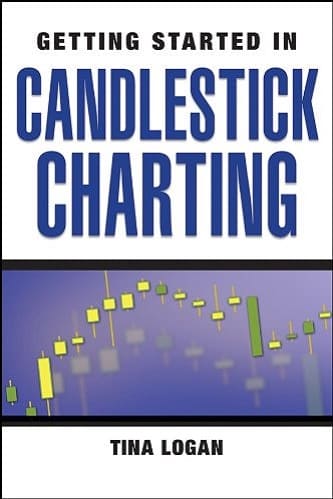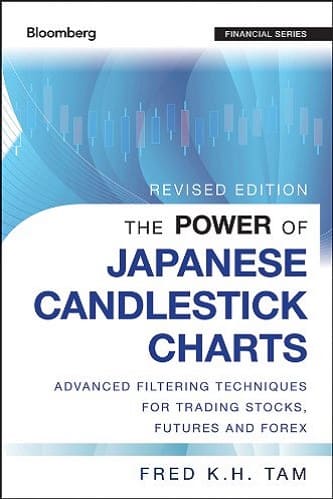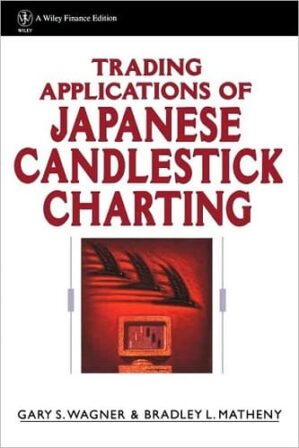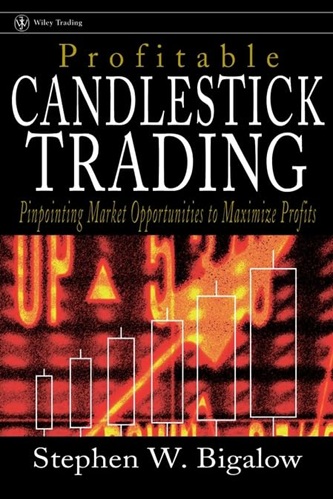Getting Started in Candlestick Charting
$15.20
| Author(s) | |
|---|---|
| Format |
|
| Pages |
274 |
| Publication Year |
2008 |
Getting Started in Candlestick Charting can help you achieve this goal, whether you’re new to chart analysis or looking to enhance your understanding of the approach. This reliable resource covers thirty of the most widely recognized candlestick patterns and includes real-world charting examples backed by informative commentary.
Introduction:
If the markets moved in a logical fashion, anyone could learn a few basics and make money trading. But that is not the case. It is the emotional crowd that moves markets. Traders’ and investors’ greed and fear, imprinted on charts, are like a road map to the markets. Those who learn to read and decipher the underlying messages of that price movement can gain a much-needed edge in a competitive environment.
That’s where Getting Started in Candlestick Charting comes in. This book will provide you with a solid foundation from which to begin using candlestick charts. You’ll learn to recognize candlestick reversal patterns and embed them in your mind through an understanding of how they reflect the messages of crowd sentiment. Candlesticks will help you gauge the strength of price moves and spot potential reversals early, before the crowd reacts.
If you have steered clear of candlestick charting until now because it seems like there is a mind-numbing number of patterns to learn, you can put that concern to rest. It is not necessary to learn dozens of candlestick patterns. This book narrows the focus to several commonly formed candlestick reversal patterns that you can learn to recognize in short order. You can start right away utilizing candlesticks to improve your chart analysis skills, and, of course, to increase your profitability. You will find this book very helpful if you desire to:
- Learn candlestick charting but don’t want to get overwhelmed.
- Learn to recognize high probability trade setups.
- Improve your swing trading techniques. Candlestick charting is a stellar tool for fine-tuning swing trading strategies.
- Learn how to improve the timing of your entries and exits.
- Develop a knowledge base in classic Western technical analysis and understand the role of candlesticks within that broader framework.
In Part I of the book you’ll learn about candlestick charting. Chapter 2 demonstrates how the candlestick lines are constructed. In Chapter 3 you’ll be introduced to several common candlestick reversal patterns. You’ll learn their definitions and the psychology behind each formation. The patterns are well illustrated to help you train your eye to recognize them when analyzing charts. A summary of the candlestick patterns presented is included in Appendix A. Once you have thoroughly studied the details of each pattern in Chapter 3, use this guide for quick reference until you are so familiar with the patterns that you no longer need it. Chapter 4 will solidify your understanding of how the reversal patterns are formed and factors that may impact their signals. Chapter 5 wraps up Part I with a discussion of “tails” and how their presence sends a message about the current market sentiment.
Part II of the book shows you how to put candlestick charting to work. You’ll learn how to blend Eastern candlestick charting with classic Western technical analysis. Candlesticks are not a complete trading system. In order to recognize their full potential you must understand how they fit into the broader picture. It is crucial to realize the important roles played by volume, volatility, trends, gaps, support, and resistance. These topics are covered in Chapters 6 through 9. If you are new to chart analysis in general, you’ll find these chapters to be invaluable. Even if you are already well versed in Western technical analysis, you’ll learn how to merge candlestick charting with Western techniques to gauge market movement and locate high probability setups. Chapter 10 shows you how to find the reversal signals and how to put them to work in your trading strategies.
Contents:
- Introduction to Candlestick Charting
- Constructing Candlestick Lines
- Candlestick Reversal Patterns
- More on Reversal Patterns
- Tails
- Price,Volume, and Volatility
- Trend Analysis
- Gaps
- Support and Resistance
- Putting Candlestick Reversal Patterns to Work
Getting Started in Candlestick Charting By Tina Logan pdf









